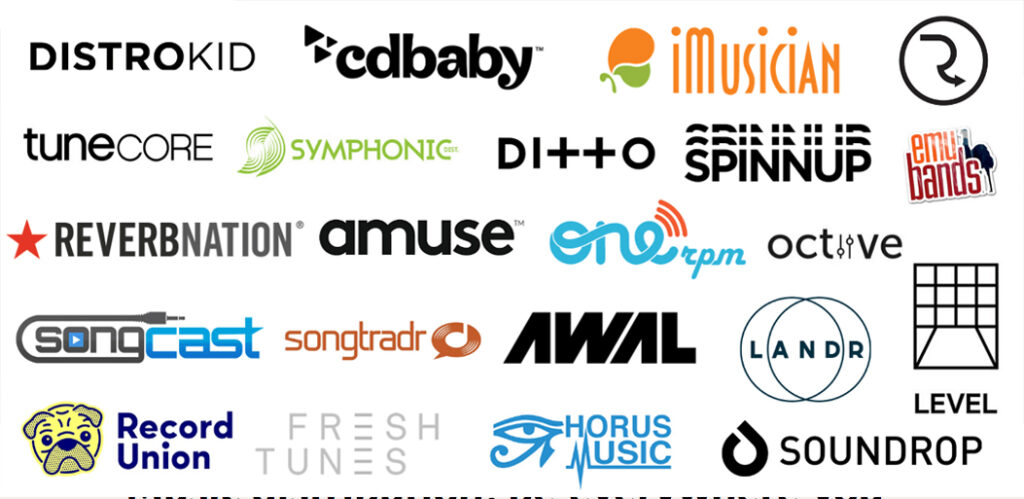Digital
music distributors and record labels play a crucial role in the music industry.
They are responsible for getting musicians' music out to the public via online
platforms such as Spotify, Apple Music, Tidal, etc. Distribution services also
help artists maintain an online presence and connect with fans on social media
platforms.
When it
comes to the amount music distributors and record labels charge for music
distribution, this varies from company to company. Some companies offer
distribution services for free, while others charge a fee. For example,
DistroKid, one of the most popular digital music distributors, charges a yearly
fee starting from $19.99 for unlimited music releases.
Music
streaming platforms pay artists per stream, with the amount paid varying by platform.
Spotify, for example, pays artists between $0.003 and $0.005 per stream, while
Apple Music pays a slightly higher rate at around $0.007 per stream.
When do Artists
get paid? this also depends on the distributor or record label. Some companies
pay their artists on a monthly basis, while others may have different payment
schedules. Artists are typically paid via a direct deposit to their bank
account or through a payment platform such as PayPal.
The
rights of a song typically belong to the songwriter or the person who composed
the music. However, in cases where a record label manages the distribution of
an artist's music, they may have some ownership rights. After a certain period,
artists may be able to regain their rights if they choose to do so.
Finally,
when it comes to how music distributors pay artists, this can vary as well.
Some companies may pay artists a percentage of their streaming revenue, while
others may pay a flat fee. The payment process is typically outlined in the
company's contract with the artist.
The
minimum withdrawal threshold can vary depending on the music distributor. Some
distributors have no minimum threshold, meaning that an artist can withdraw
their royalties as soon as they become available. However, other distributors
may have a minimum threshold to withdraw royalties, typically to help keep
transaction fees low.
For
example, DistroKid has a minimum withdrawal threshold of $5, meaning that an
artist must have at least $5 in royalties before they can withdraw. Similarly,
TuneCore has a minimum withdrawal threshold of $50 for earnings through PayPal
and $100 for earnings through wire transfer.
It's
important for artists to read and understand their contract with their music
distributor to ensure they are aware of any minimum withdrawal thresholds and
payment policies.
Music distributors receive payments from
streaming platforms, this timeline can also vary. Streaming platforms typically
have their own payment schedules, which they adhere to for all of their content
providers. For example, Spotify pays royalties to music distributors on a
monthly basis, typically around the 15th of each month for the previous month's
streams. Apple Music also pays on a monthly basis, but their payment schedule
can vary depending on the territory.
Other
streaming platforms, such as YouTube Music and Amazon Music, may have different
payment schedules or timelines for distributing royalties to music
distributors. Once again,
it's
important for artists to read and understand their contracts to ensure they are
aware of these payment schedules and any relevant policies.



0 Comments